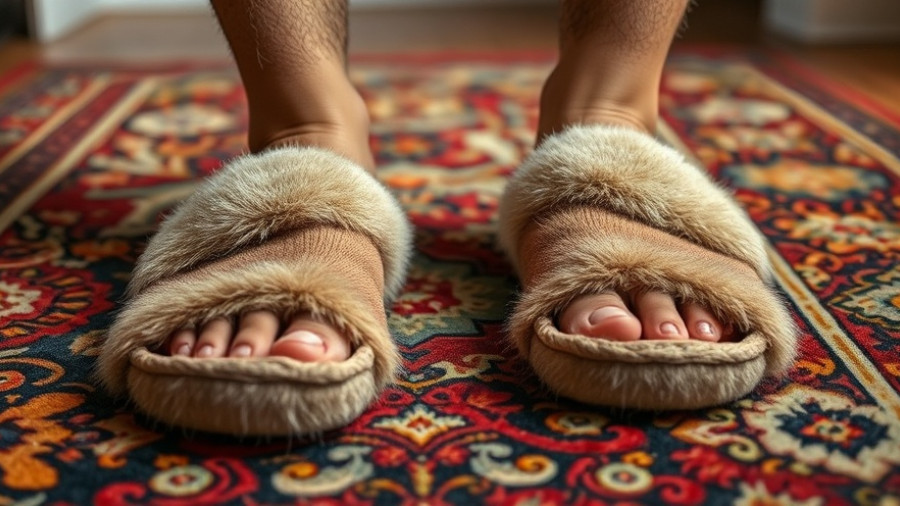
Understanding Wall Anchors: The Basics
Have you ever wondered how to hang pictures, shelves, or decorative items on your walls without them falling down? If so, you're probably already aware of the crucial role wall anchors play in ensuring your cherished decor stays safe. Wall anchors are essential when a wall stud isn't available to provide the support that your hanging items need. For homeowners and DIY enthusiasts alike, learning about the different types of anchors and when to use them can make hanging wall decorations a breeze!
When Should You Use Wall Anchors?
The simple answer is: you should use wall anchors when you're hanging items that weigh more than five pounds. If you're dealing with light decorations, like small art pieces or photos, a simple nail or command strip will often suffice. However, for anything heavier—like mirrors, shelves, or bigger frames—wall anchors are the way to go.
Types of Wall Anchors: Choosing the Right One
There are many types of wall anchors out there, and understanding which kind to use can make all the difference. For instance, expansion anchors are common; they generally come with the items you purchase for hanging. As a popular choice among DIY enthusiasts, they're designed to open up behind the wall and provide a solid grip. When using an expansion anchor, it's crucial to pre-drill a hole based on the manufacturer's weight recommendations to ensure secure placement. For heavier items, toggle bolts can also be a great option as they provide more strength by distributing weight across a wider area.
Tips for Hanging with Confidence
Feeling apprehensive about making holes in your walls? Don't worry; you're not alone! A great way to build confidence in your hanging skills is to practice with lighter items first. Try hanging art or small shelves to get a feel for the process before tackling heavier projects. Additionally, always use a stud finder to locate the backing structure in your wall. This can provide the ultimate security for your items by allowing you to screw directly into the wood studs when possible, which is always the best-case scenario!
Everything You Need to Start
Ready to get started with your wall-hanging journey? Equip yourself with a stud finder, a set of wall anchors suited for your projects, and the right tools for the job, such as a drill or screwdriver. With these on hand, you'll be well-prepared to transform your walls into personalized display areas. Remember, it’s all about making your space feel more like home!
By understanding the basics of wall anchors, you can hang your items securely and gain the confidence to tackle larger home decor projects in no time. It’s all about finding joy in the do-it-yourself spirit and personalizing your living space!
 Add Row
Add Row  Add
Add 




Write A Comment